Dur Dur Of Somalia Vol. 1 & 2
€42,90
Out of stock
| Artist | |
|---|---|
| Label | |
| Catalog |
AALP 087 |
Additional information
| Weight | 0,840 kg |
|---|---|
| Format | EU3LP |
| State |
| Artist | |
|---|---|
| Label | |
| Catalog |
AALP 087 |
Description
This triple LP / double CD reissue of the band’s first two albums – the first installment in a three-part series dedicated to Dur-Dur Band – represents the first fruit of Analog Africa’s long labours to bring this extraordinary music to the wider world. Remastered from the best available audio sources, these songs have never sounded better. Some thirty years after they first made such a splash in the Mogadishu scene, they have been freed from the wobble and tape-hiss of second and third generation cassette dubs, to reveal a glorious mix of polychromatic organs, nightclub-ready rhythms and hauntingly soulful vocals.
In addition to two previously unreleased tracks, the music is accompanied by extensive liner notes, featuring interviews with original band members, documenting a forgotten chapter of Somalia’s cultural history. Before the upheaval in the 1990s that turned Somalia into a war-zone, Mogadishu, the white pearl of the Indian Ocean, had been one of the jewels of eastern Africa, a modern paradise of culture and commerce. In the music of the Dur-Dur band – now widely available outside of Somalia – we can still catch a fleeting glimpse of that golden age.
The secrets to Dur-Dur’s rapid success is inextricably linked to the vision of Isse Dahir, founder and keyboard player of the band. Isse’s plan was to locate some of the most forward-thinking musicians of Mogadishu’s buzzing scene and lure them into Dur-Dur. Ujeeri, the band’s mercurial bass player was recruited from Somali Jazz and drummer extraordinaire Handal previously played in Bakaka Band. These two formed the backbone of Dur-Dur and would become one of Somalia’s most extraordinary rhythm sections.
On their first two albums, Volume 1 and Volume 2, three different singers traded lead-vocal duties back and forth. Shimaali, formerly of Bakaka Band, handled the Daantho songs, a Somalian rhythm from the northern part of the country that bears a striking resemblance to reggae; Sahra Dawo, a young female singer, had been recruited from Somalia’s national orchestra, the Waaberi Band. Their third singer, the legendary Baastow, whose nickname came from the italian word ‘pasta’ due to the spaghetti-like shape of his body, had also been a vocalist with the Waaberi Band, and had been brought into Dur-Dur due to his deep knowledge of traditional Somali music, particularly Saar, a type of music intended to summon the spirits during religious rituals. These traditional elements of Dur-Dur’s repertoire sometimes put them at odds with the manager of the Jubba Hotel who once told Baastow “I am not going to risk having Italian tourists possessed by Somali spirits. Stick to disco and reggae”.
Yet from the very beginning, Dur-Dur’s doctrine was the fusion of traditional Somali music with whatever rhythms would make people dance: Funk, Reggae, Soul, Disco and New Wave were mixed effortlessly with Banaadiri beats, Daantho and spiritual Saar music. The concoction was explosive and when they stormed the Mogadishu music scene in 1986 with their very first hit single, ‘Yabaal’, featuring vocals from Sahra Dawo, it was clear that a new meteorite had crash-landed in Somalia. As Abdulahi Ahmed, author of Somali Folk Dances explains: “Yabaal is a traditional song, but the way it was played and recorded was like nothing else we had heard before, it was new to us”. ‘Yabaal’ was one of the songs that resurfaced on the Likembe blog, and it became the symbolic starting point of this project.
It initially seemed that Dur-Dur’s music had only been preserved as a series of murky tape dubs and YouTube videos, but after Samy arrived in Mogadishu he eventually got to the heart of Mogadishu’s tape-copying network – an analogue forerunner of the internet file-sharing that helped to keep the flame of this music alive through the darkest days of Somalia’s civil strife – and ended up finding some of the band’s fabled master tapes, long thought to have disappeared.
- A1. Oohiyeh 1:48
- A2. Yabaal 1:59
- A3. Heelo 1:56
- B1. Hiyeeley 1:17
- B2. Aw baahilowlow 2:00
- B3. Doon Baa Maraysoo 1:57
- C1. Intro Vol.2 0:25
- C2. Haddi Aanan Gacaloy 2:00
- C3. Salkudhigey 1:58
- C4. Jaceyl Mirahiis 2:37
- D1. Dab 2:13
- D2. Saafiyeey Makaa Saraayeey 1:15
- D3. Jaajumoow Jees 2:02
- E1. Diinleeya 2:14
- E2. Caashaqa Maxaa ii baray 2:16
- E3. Keene Gardaran 2:01
- F1. Jubba Aaka 2:01
- F2. Aduun Hawli Kama Dhamaato 2:00



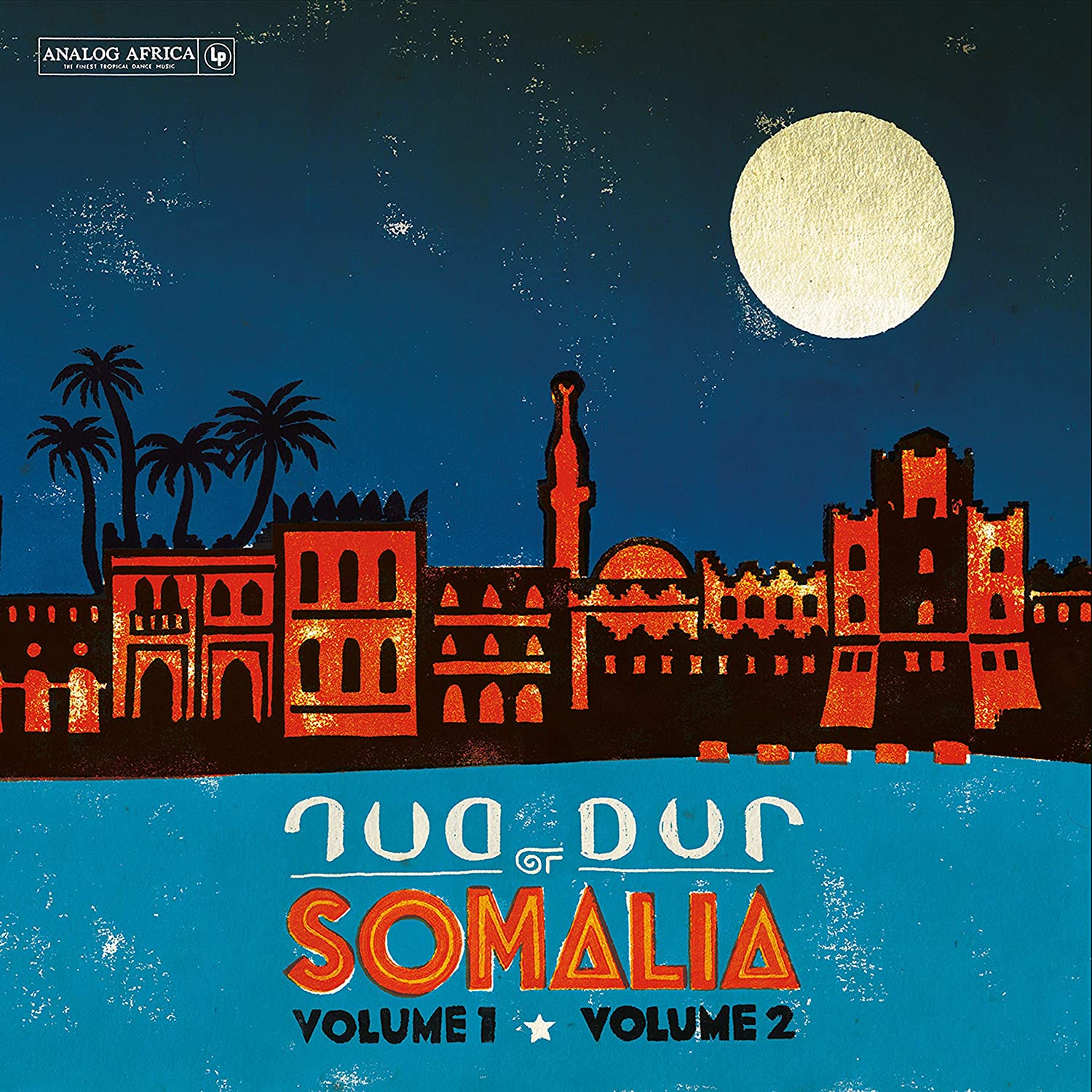
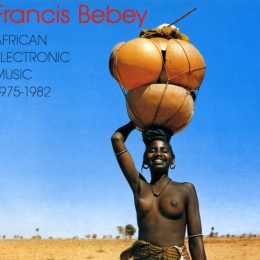

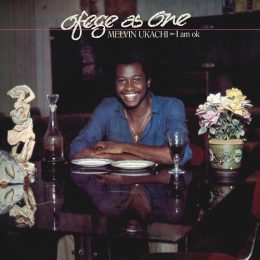

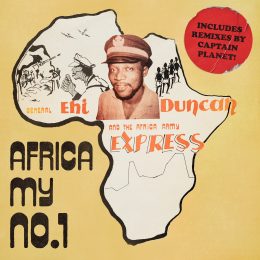
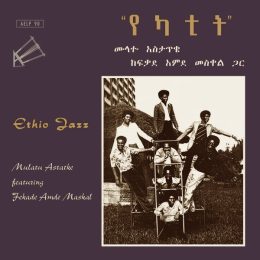
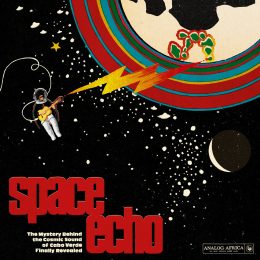
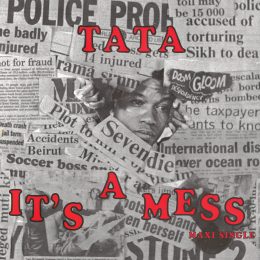
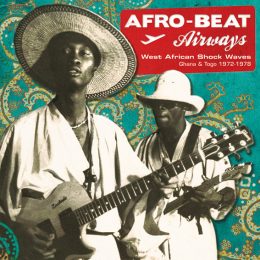


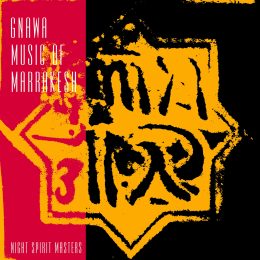
 Solutions
Solutions